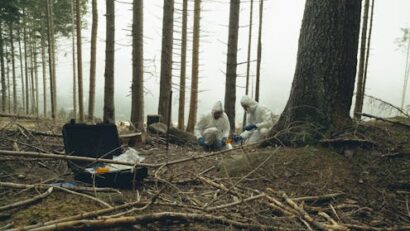
Bokesliden 87 Kolla in Hemnet (Båstads kommun)
Välkommen till detta idylliska och charmiga hus på Bokesliden, beläget Läs mer…
Nyheter och länkar - en bra startsida helt enkelt |Oculus lyx vitae

Välkommen till detta idylliska och charmiga hus på Bokesliden, beläget Läs mer…

Välkommen till detta idylliska och charmiga hus på Bokesliden, beläget Läs mer…

En ny klassiker kan man kalla det. Jag tog två Läs mer…
Finansforbundet og Finans Norge ble natt til onsdag enige om et resultat i det sentrale lønnsoppgjøret. Det skriver Finansforbundet i en pressemelding.
Enigheten innebærer et generelt tillegg på 1,7 % til alle. Når skal det forhandles i lokale oppgjør i hver enkelt bedrift.
Oppgjøret omfatter over 22 000 medlemmer i finans og gjelder fra 1. mai 2025. Läs mer…

GettyImages Getty ImagesIs it possible to reconcile increased international support for Ukraine with Donald Trump’s plan to end the war? Läs mer…
En føderal dommer beordret tirsdag Trump-administrasjonen til å gjenopprette 12 millioner dollar som Kongressen har bevilget til Radio Free Europe.
Siden han tiltrådte som president tidligere i år, har Donald Trump varslet store kutt i støtten til medier som fremmer demokrati og menneskerettigheter i andre deler av verden. Radio Free Europe/Radio Liberty er blant dem som rammes. (NTB) Läs mer…

Zenit Arti AudiovisiveEarth’s cycles of light and dark profoundly affect billions of organisms. Events such as solar eclipses are Läs mer…

A frog-eating bat approaches a túngara frog, one of its preferred foods. Grant MaslowskiIt is late at night, and we Läs mer…
Minst 39 personer har skadats i en rysk drönarattack mot storstaden Charkiv i nordöstra Ukraina sent… Läs mer…
To personer ble drept i et droneangrep i den russiske regionen Belgorod, det opplyser guvernør Vyacheslav Gladkov på Telegram ifølge Reuters.
Det skal være en ukrainsk drone som har truffet en bil. Läs mer…
USA:s president Donald Trump talar just nu i Michigan för att uppmärksamma sina första 100 dagar som USA:s president… Läs mer…